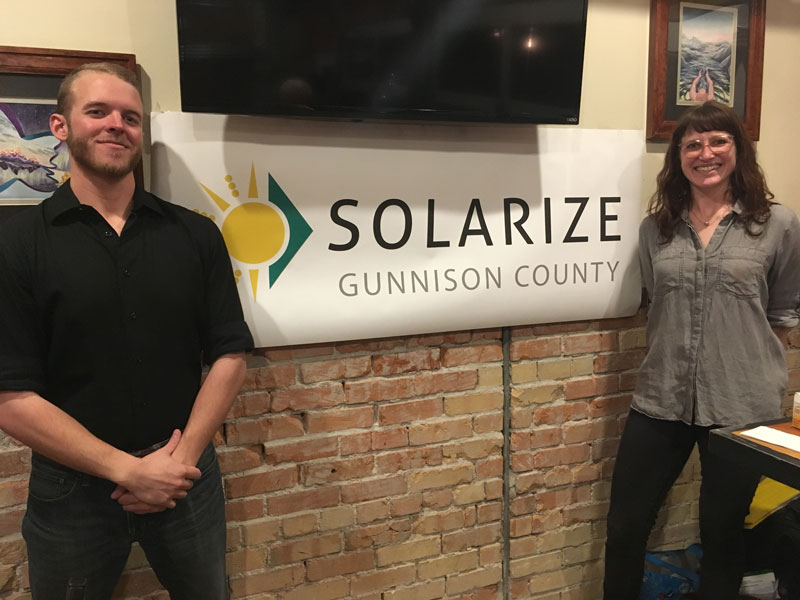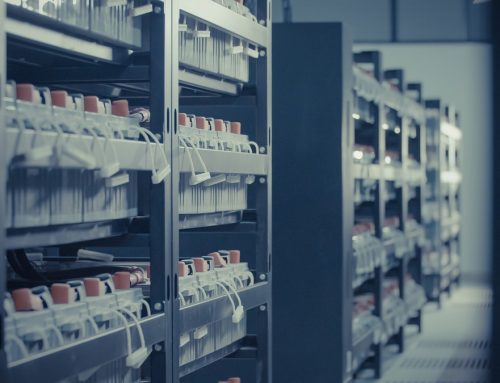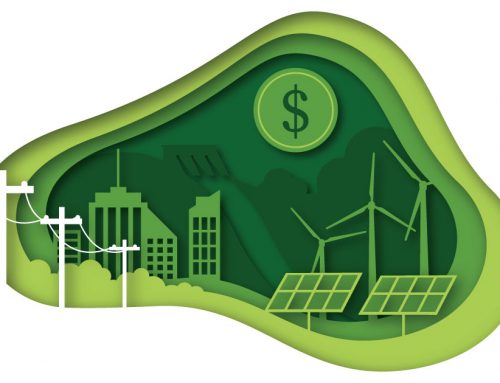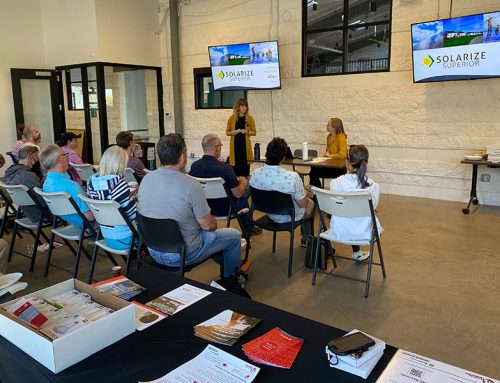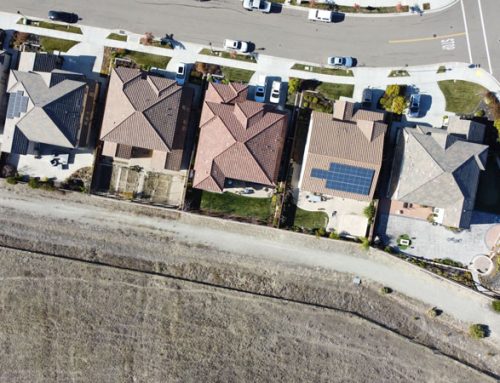As COVID-19 continues to have a sweeping impact across the solar industry and local economies, how can we support sustainability and economic resilience? Solar Energy International (SEI)’s Solar Forward program is continuing full-speed ahead with efforts to help rural communities kickstart solar markets, an effort that remains critical throughout these unprecedented times.
Our New Reality
Last year the solar industry employed 250,000 people in the U.S., and solar energy accounted for 40% of new electricity generating capacity. Experts predicted a continued upward trajectory for the industry, but as the world continues to grapple with a new reality, the solar industry must also adjust to economic impact from the coronavirus.
Impact on the industry has been two-pronged: falling demand for new solar power generation results in furloughed and laid-off workers, and failed action on behalf of policymakers to prioritize renewable energy incentives has let the industry down as well.
U.S. citizens as a whole have been suffering amid the impact of the COVID-19 nationwide, and rural communities are at risk of bearing some of the greatest burden of the struggling corona economy. These regions will be disproportionately affected by lost jobs, closed businesses, and other issues like lack of rent or utility bill forgiveness.
How Can Solar Help?
Solar energy creates energy resiliency, local jobs, and aids in economic development. In LMI (Low-and-Moderate Income) households, families spend a much higher percentage of their household income on utility bills and rent compared to non-LMI households. In rural economies, bolstering local business can help diversify the local tax base, even in light of business closures. Solar energy can help create local jobs, and add resilience to the local grid in light of crises like these.
But can our communities afford to invest in distributed solar when the state of the economy, and our own jobs, is so uncertain? Now, more than ever, the need to increase outreach on available state and federal incentives and resources on solar adoption and energy efficiency is imminent. Solar can help people save on utility bills, but energy efficiency, a more cost-accessible solution for many, primes homes for future solar installations while also immediately stimulating savings.
Creating awareness about these resources can help create, and preserve jobs for local solar installers, construction professionals and contractors in our local communities. Solar Forward provides assistance on these tools and more through our technical toolkit developed by industry-leading professionals and technical consulting from an advisor.
Policy Can Save the Day
Now is not the time to sleep on solar policy, it’s the time to save it. There is an opportunity to leverage the current state of social distancing to create a lasting, cost-saving impact on the solar industry.
How? Through soft cost savings. According to an article in Forbes, “Soft costs arise from the permitting process and from time and effort required to interconnect with the local electric utility. Soft costs can add $1 per watt, or about one third on top of the price of a rooftop system.” Social distancing can allow the transition of permitting processes to go virtual, expediting a solar installation process.
The renewal of the solar Investment Tax Credit (ITC) is also at a critical juncture with the amount tapering from 26% this year, to 22% next year. We can all do our part to call our local representatives and stress the importance of this policy to the industry. Solar Forward can help provide tools on ITC awareness to community members so they don’t miss out on this opportunity while it lasts this year.
These are just two examples of how we as solar supporters can unify to promote solar-friendly policy in our immediate communities. The Solar Forward program empowers partners to eliminate some soft costs, like marketing, for installers to save them time and money, and to make the cost of solar more accessible for everyone.
A Brighter Outlook
It is time to come together and fight for a sustainable future, and to work to protect and create jobs in our communities. There are still many economic indicators of the industry returning from COVID-19 unscathed and on the upswing.
According to IHS Market solar installation forecast in relation to COVID-19 released in Q2 of 2020, “Our view is that, after this major short-term disruption, installation growth will resume from 2021 to continue the growth trajectory that solar PV has seen in the last decade. Despite this major global health and economic crisis, we believe the mid-term fundamentals for solar PV growth continue to be strong, including continued cost reduction, the need for greater resilience and autonomy, low-carbon energy generation, distributed generation and scalability.”
Let’s join together to strengthen economies during this trying time. SEI can help. Read more about Solar Energy International (SEI)’s response plan to COVID-19.

